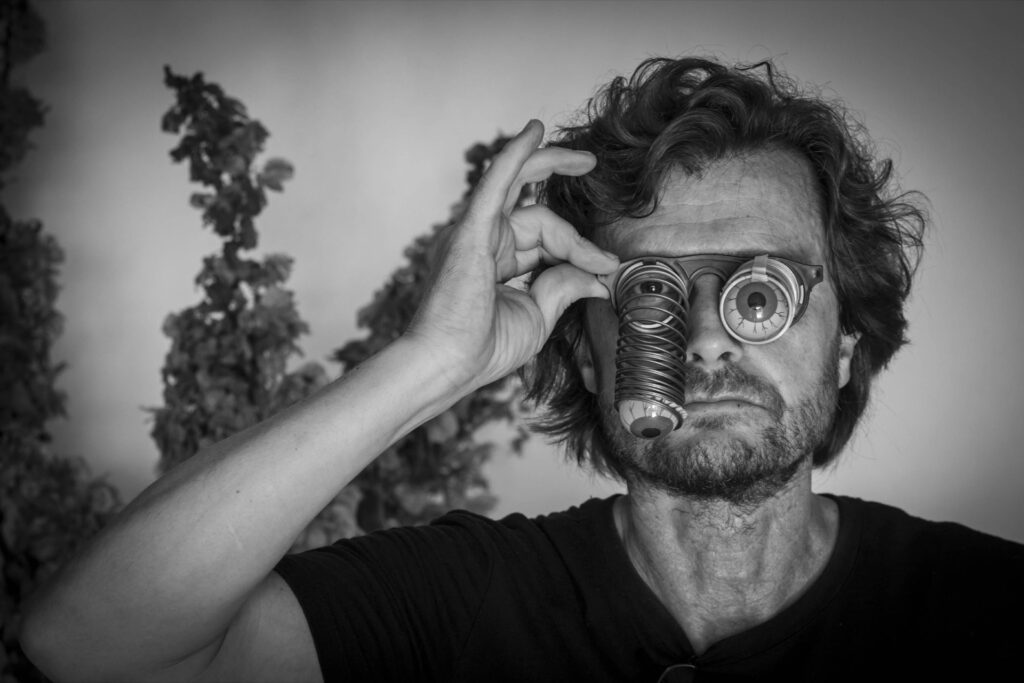
STRAMBOTISME
Stambotism is a new artistic trend. Unclassifiable, indefinable, which escapes intellectual encroachments because it is born from each individual’s subjectivity.
In a way, everyone can be Strambotic. But in Strambotism’s epicentre there are muses and a terrifying cyclopean imagination.
It works like a fabulous “CONDENSER OF AN IMPULSE” and it is nourished by an inexhaustible imagination.
Strambotism is an altered but conscious reflection of the reality around us. It is born from a delicate balance between “common sense and impulse” in which imagination is the essential component.
A phenomenal impulse, which nothing can stop or control, with just the right amount of common sense to be able to manage it and avoid self-destruction, and which suddenly leads the individual to do things that are not “normal”.
A common sense that never limits creativity, allowing the painter (or artist, creator or person in general) to imagine and do extraordinary things. It is a creative mechanism that is activated when an adult keeps his imagination intact when he was a child.
The combination of a child’s imagination and an adult mind results in hyperbolic power. In creative terms, it is an extremely powerful combination.
Strambotism is not about discovering an unknown method, or inventing anything, but rather describing a creative mechanism that has been widely used by many creators since immemorial times. The visual manifesto is the Strambotic trilogy, 3 oil paintings of enormous dimensions which with the metaphors which appear in the Strambotic Legendarium define this new movement. Strambotism is observing your surroundings with a child’s imagination and altering the elements with all the capacity and effectiveness of an adult mind. Without prejudices, formulas, restrictions, or conventionalisms. Everything is possible and the limit is your own imagination.
Fragment of the Strambotic Manifesto.
BRIEF HISTORY
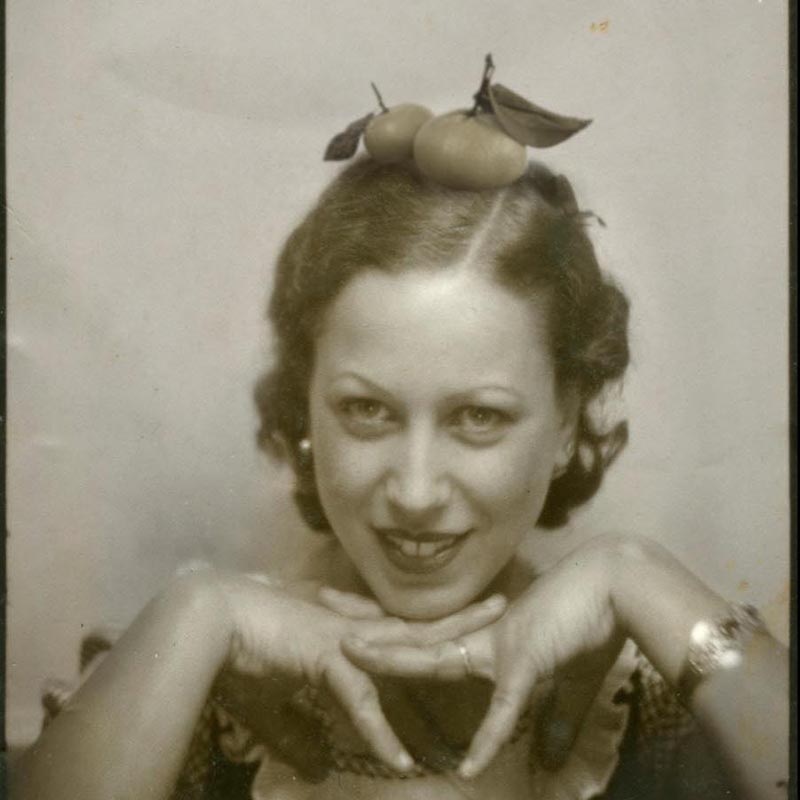
Aunt Conxita
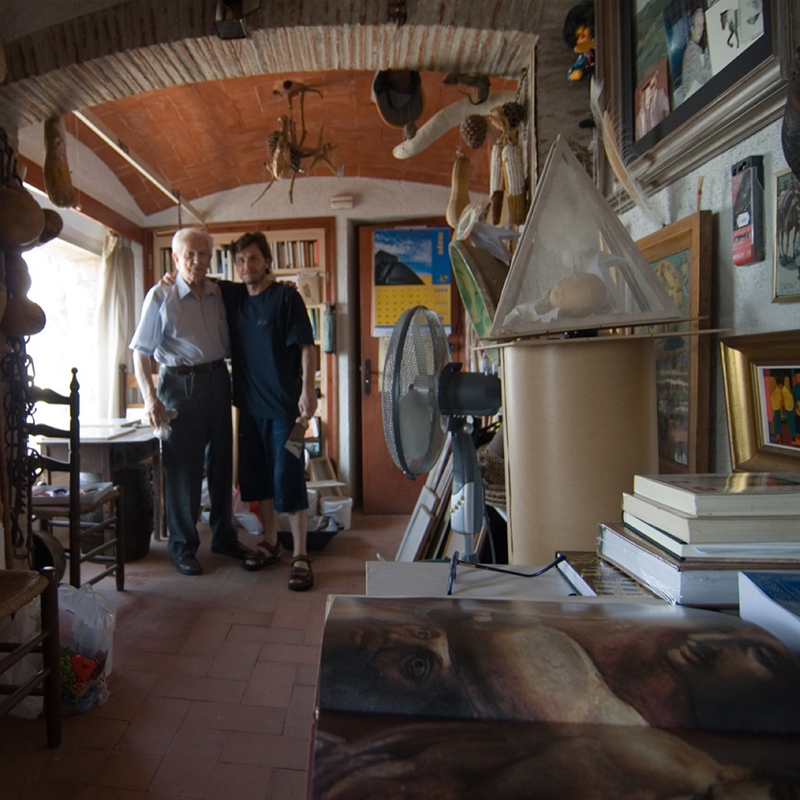
l'Alquímia
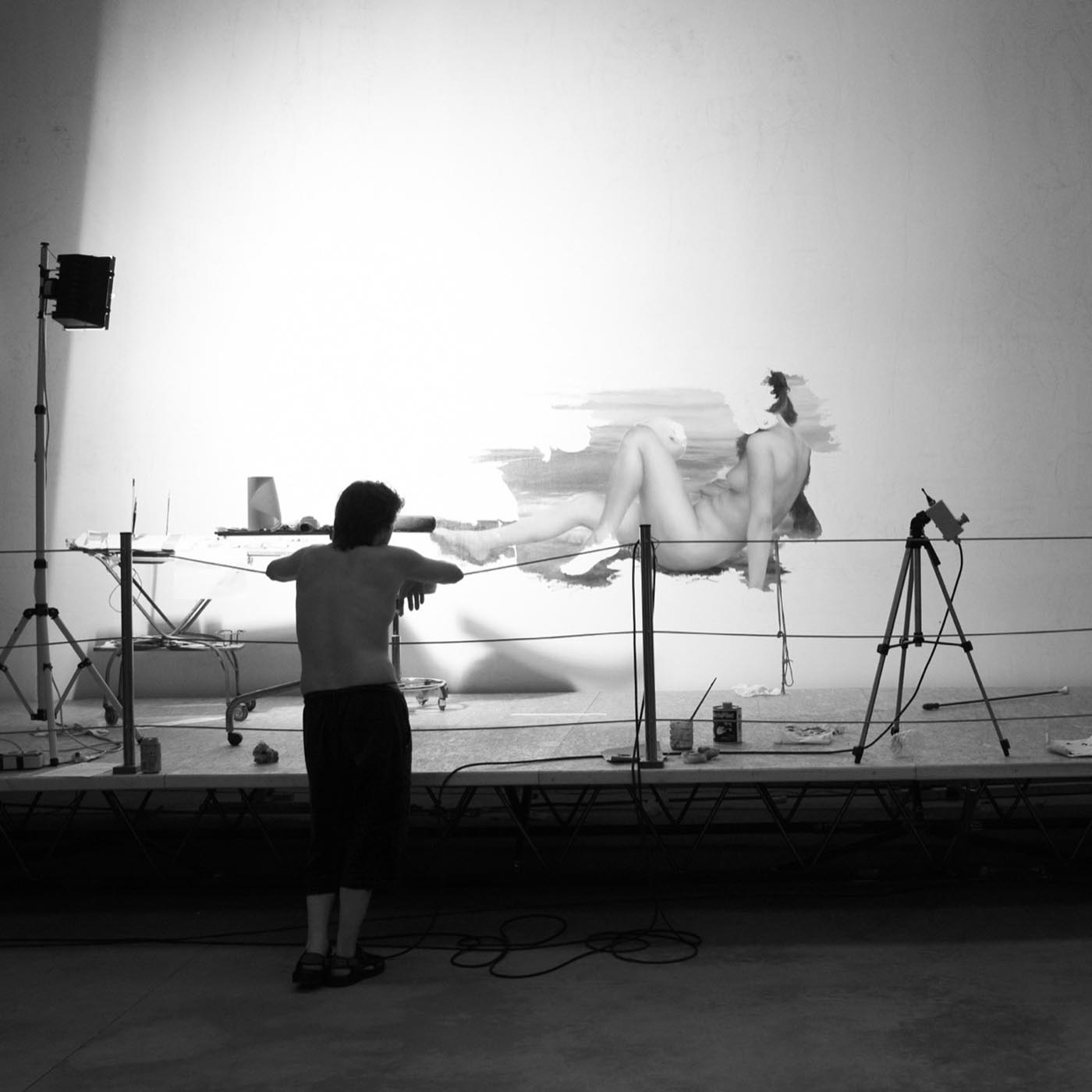
Strambotic Trilogy
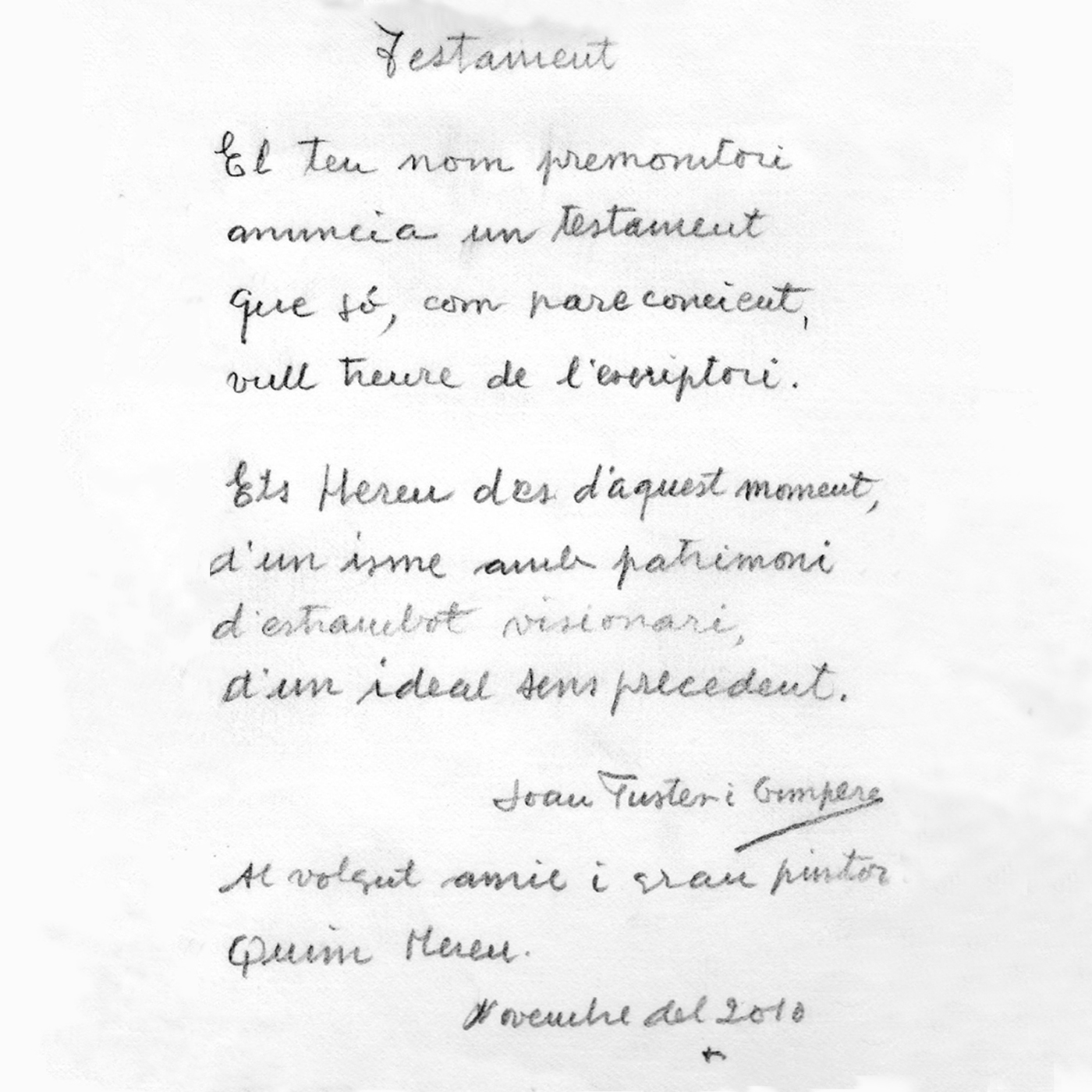
The Will
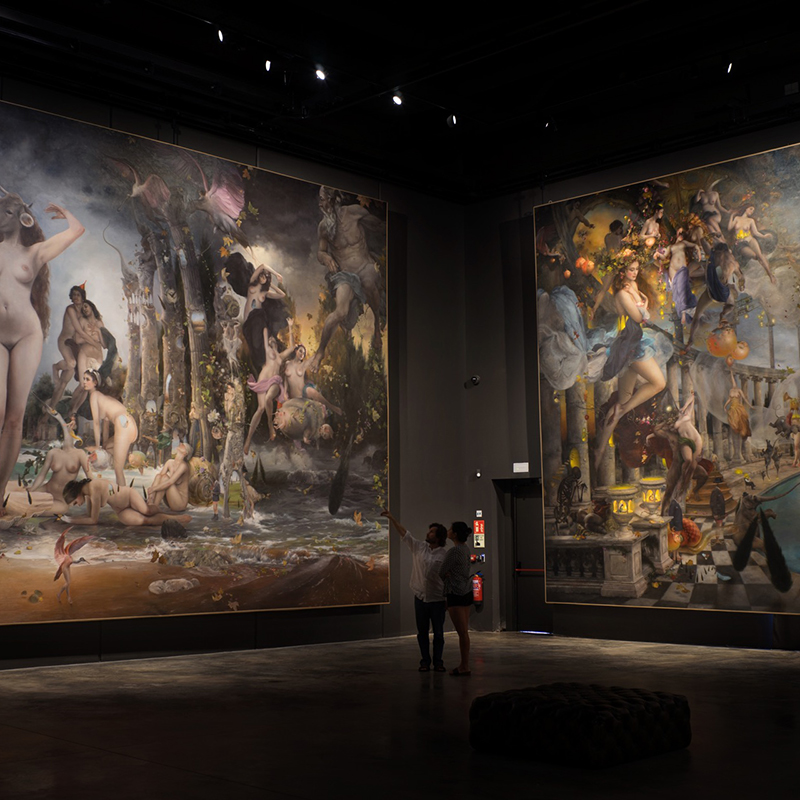
La Fortalesa

The Sanctuary
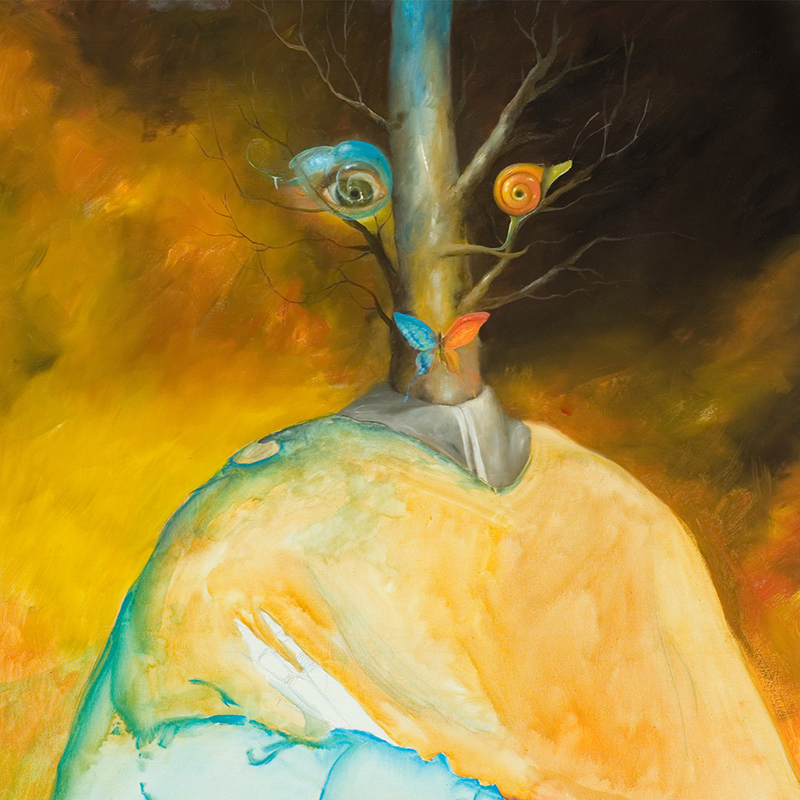
What is it?
In painting, Strambotisme involves creating strange and rare things while maintaining the utmost naturalness. It entails drawing and painting familiar figures and objects from our surroundings in an extravagant, distinctive, and unusual manner. It consists of making impossible associations and altering the properties of the elements that compose them. In essence, it is about creating eccentric things, where the essential foundational ingredient that makes the entire process possible is imagination. The imagination from our childhood combines shapes and existing elements in nature to form new, strange, curious, and unreal theatrical environments, even though they are quite real, albeit seemingly contradictory. Drawing serves as the cornerstone of every strambotic work.

